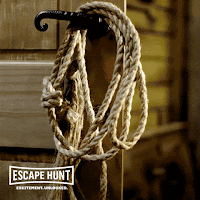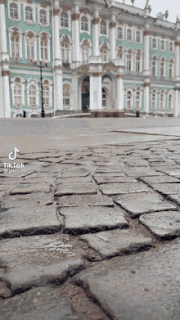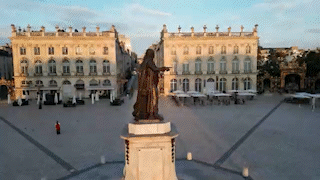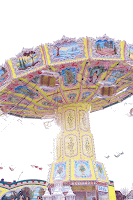Santa Claus, is a mythical figure with legendary, historical and folkloric origins who, in many Western cultures, is said to bring gifts to the homes of the good children on 24 December, the night before Christmas Day.
The modern figure of Santa Claus is derived from the Dutch figure of Sinterklaas, whose name is a dialectal pronunciation of Saint Nicholas, the historical Greek bishop and gift-giver of Myra. During the Christianization of Germanic Europe, this figure may have absorbed elements of the god Odin, who was associated with the Germanic pagan midwinter event of Yule and led the Wild Hunt, a ghostly procession through the sky.
Santa Claus is generally depicted as a portly, joyous, white-bearded man—sometimes with spectacles—wearing a red coat with white collar and cuffs, white-cuffed red trousers, and black leather belt and boots and who carries a bag full of gifts for children.
Since the 20th century, in an idea popularized by the 1934 song "Santa Claus Is Coming to Town", Santa Claus has been believed to make a list of children throughout the world, categorizing them according to their behavior ("naughty" or "nice") and to deliver presents, including toys, and candy to all of the well-behaved children in the world, and sometimes coal to the naughty children, on the single night of Christmas Eve. He accomplishes this feat with the aid of the elves who make the toys in the workshop and the flying reindeer who pull his sleigh. He is commonly portrayed as living at the North Pole and saying "ho ho ho" often.















































